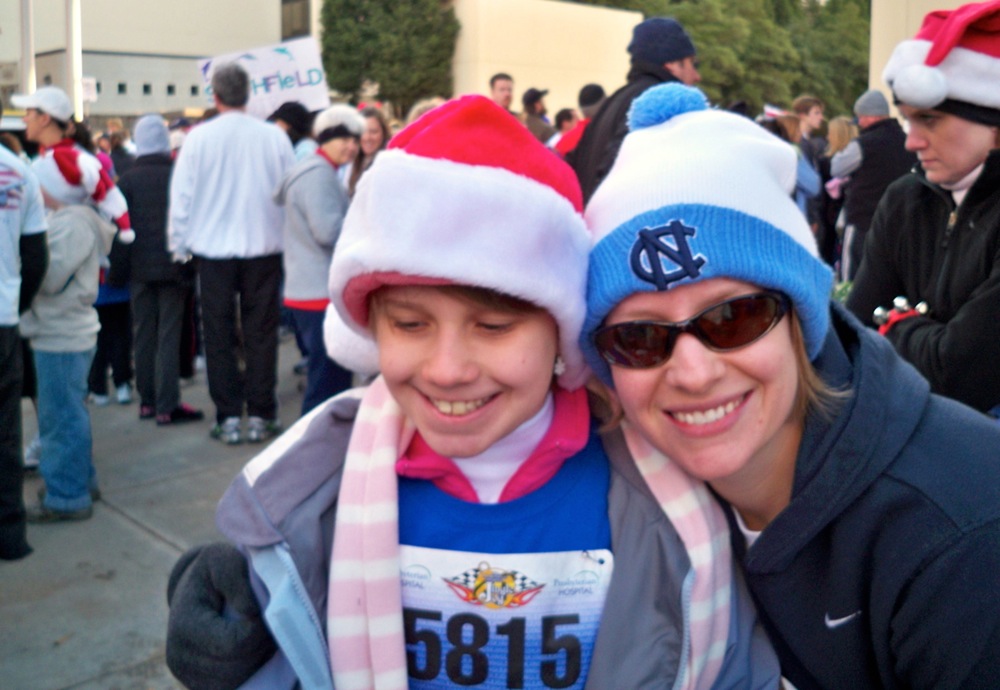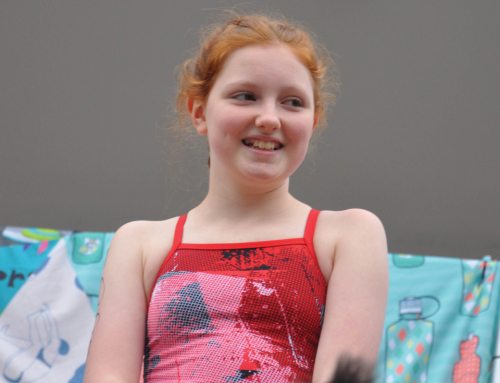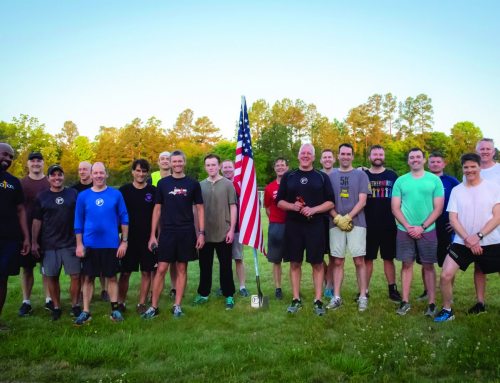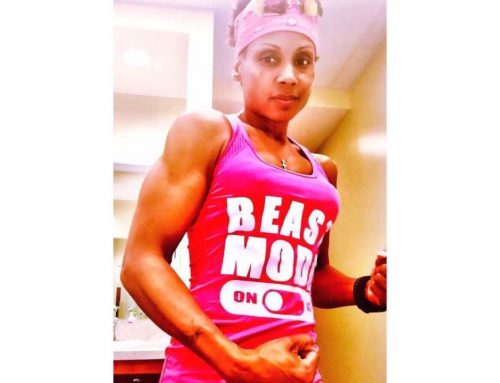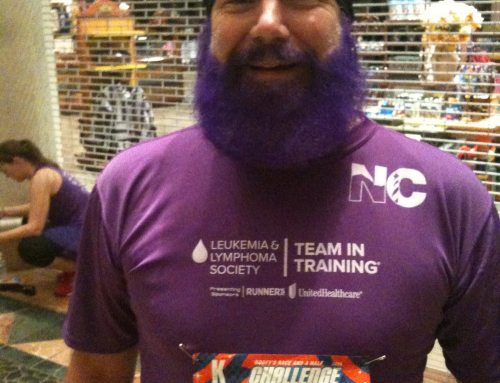
By Laura King Edwards
My little sister, Taylor, has Batten disease, a brain disorder that causes blindness, seizures and cognitive and motor impairment. But that didn’t stop her from signing up for Girls on the Run as a fifth grader in 2008. The degenerative disease had already stolen her vision and made it difficult for her to learn, but Taylor wanted to be a normal kid, and she dared Batten disease to get in her way.
After school, Taylor and her girlfriends met at the track. They developed good fitness habits and learned about teamwork, and they learned to believe in themselves. An upper-school student named Mary-Kate practiced with the younger girls. When it came time to walk or run around the track, she and Taylor each took one end of a jump rope – my sister’s lifeline to a normal experience she craved.
At the last session, the girls ran a “practice” 5k around the track. The other girls finished their laps before Taylor and Mary-Kate. As the pair rounded the corner and began their final lap, something magical happened. One by one, everybody on the sideline joined my sister and her sighted guide on the track. Soon, the whole team plus coaches and spectators fell into stride with my sister and ran her final lap with her.
The team’s first real race took place that December at the Jingle Jog 5K in conjunction with Charlotte’s Thunder Road Marathon and Half Marathon. Mary-Kate said that Taylor stumbled and fell several times, but that each time, she pulled herself up, said she could keep running, and did just that. They finished the race in just under an hour. Watching them cross that finish line remains one of the most moving things I’ve ever witnessed. So that next spring, I started running for Taylor.
I graduated from the University of North Carolina, and Taylor always dreamed of following me to Chapel Hill, so I run the Tar Heel 10 Miler for her every April.
The race has some tough sections, but none of them come close to Laurel Hill, the 200-foot vertical gain over about 1 mile near the end of the race. It’s so difficult that the organizers put separate timing mats at the bottom and top and hand out awards just for the hill. A lot of people speed-walk it; I never have, but I’ve come close.
Last April, I arrived in Chapel Hill riding a streak of personal records, including one for the 10-miler. I made great time through the first 8-odd miles. But when I reached Laurel Hill, things didn’t look good. As I started the climb, a voice in my head told me it wasn’t my day. As I wheezed my way up those 200 vertical feet, I told myself that my time isn’t important to Taylor. I told myself to forget about trying to set a new PR and just run for my sister.
That’s when something amazing happened. My muscles loosened, the tightness in my chest melted away, and the houses at the top of Laurel Hill came into view. For most of the race, I used my Garmin watch as my guide. I ran more for myself than for Taylor. The moment I understood that, I grew wings. I sprinted the last part of the race and beat my PR for 10 miles by almost two minutes. And when I crossed that finish line, I felt like I could fly.
God built me like a sprinter, but the fight against Batten disease is a long and difficult race. I’ll never stand out in a distance race field. My best finishes in 2013 include an age-group medal at Charlotte RaceFest and 608th overall at the Tar Heel 10 Miler. But I’ll never stop running for Taylor, and I’ll never stop fighting this fight for kids like her. I’m in it for the long haul, no matter how many Laurel Hills we face.


